Market Analysis
In-depth Analysis of Aircraft Seals Market Industry Landscape
The Aircraft Seals Market operates within the aviation industry, playing a vital role in ensuring the integrity and safety of various aircraft components. The demand for seals is intricately linked to the production, maintenance, and retrofitting activities of aircraft. One of the primary drivers shaping the market dynamics is the overall growth in the aviation sector. As air travel continues to expand globally, there is a proportional increase in the demand for new aircraft. This surge in production directly contributes to the demand for seals, which are essential for preventing fluid and gas leaks in various aircraft systems.
Furthermore, the Aircraft Seals Market is influenced by the evolving design and manufacturing trends in the aviation industry. Technological advancements, such as the development of more fuel-efficient and environmentally friendly aircraft, drive the need for specialized seals that can withstand higher temperatures, pressures, and dynamic conditions. Manufacturers and suppliers in the seals market must continually innovate to meet these evolving requirements, leading to a dynamic and competitive landscape.
The economic landscape also plays a significant role in shaping the market dynamics of aircraft seals. Economic factors, including GDP growth, influence air travel demand and, subsequently, the production and maintenance activities within the aviation sector. During periods of economic growth, airlines often invest in fleet expansion and upgrades, leading to increased demand for seals. Conversely, economic downturns may result in airlines deferring maintenance or opting for cost-effective repair solutions, affecting the demand for new seals.
Stringent regulatory standards imposed by aviation authorities globally contribute to the market dynamics of aircraft seals. These regulations emphasize safety and airworthiness, mandating the use of high-quality seals to prevent leaks in critical systems such as fuel, hydraulic, and pneumatic systems. Changes in these standards or the introduction of new requirements can impact the demand for seals, prompting manufacturers to invest in research and development to ensure compliance.
Competition is a key factor in the aircraft seals market, with multiple manufacturers and suppliers vying for market share. The level of competition often depends on factors such as product quality, pricing, lead times, and the ability to meet stringent specifications set by aircraft manufacturers. Market players continually seek to differentiate themselves through innovation and the development of seals that cater to specific aircraft models and applications.
Globalization and the increasing complexity of the aerospace supply chain further contribute to the market dynamics of aircraft seals. As aircraft components are sourced from various regions, manufacturers must navigate a complex network of suppliers, adhering to international standards and regulations. This interconnectedness requires adaptability and responsiveness from seals manufacturers to meet the diverse needs of the global aviation market.


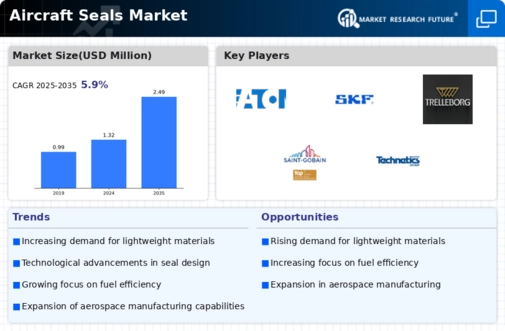
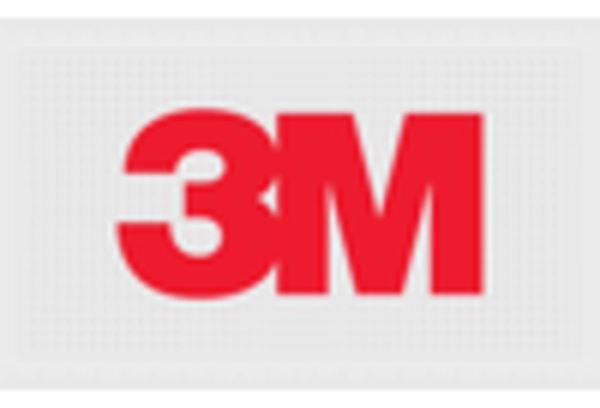
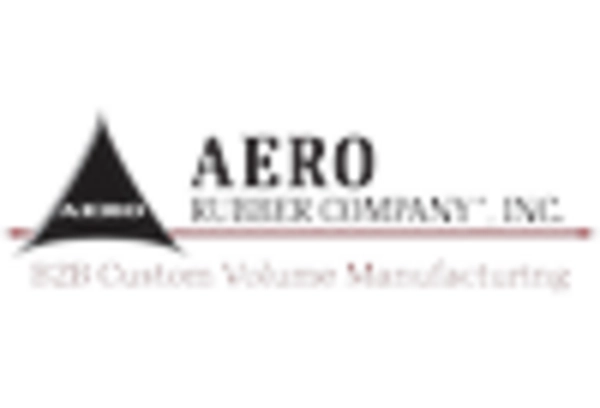
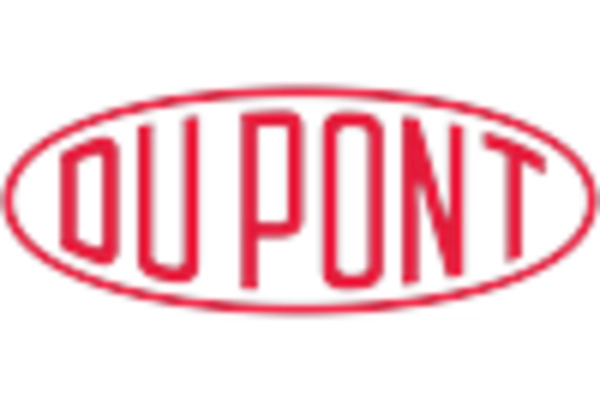
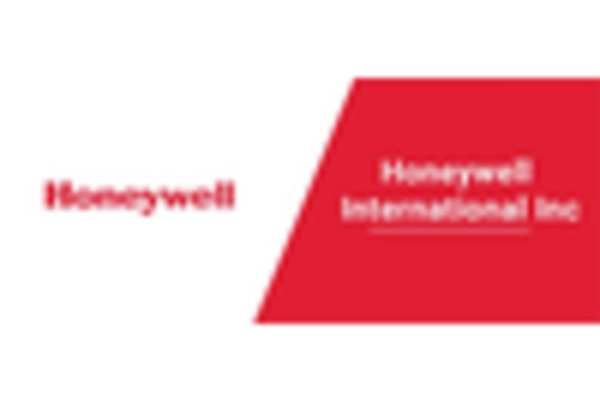
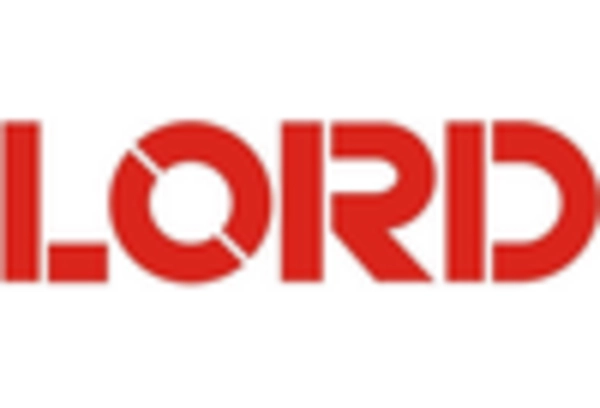
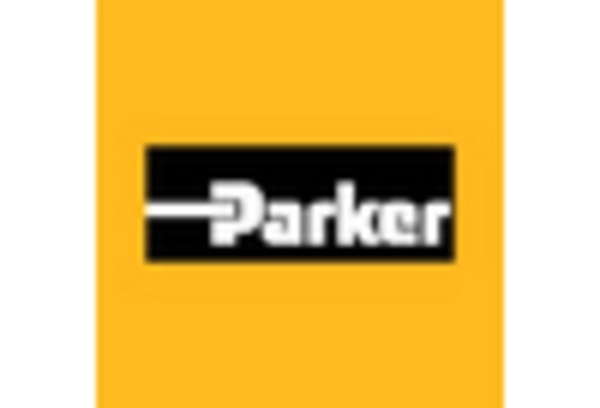









Leave a Comment